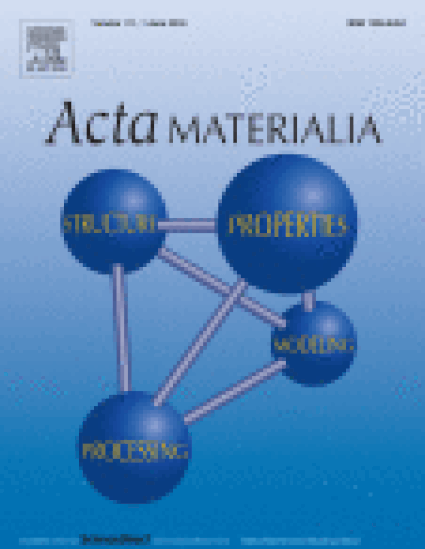
The microstructure evolution, i.e. reorientation of martensite variants, is an important deformation mechanism in shape-memory alloys. This microstructure evolution occurs by the motion of twin boundaries and the nucleation and annihilation of twins in the hierarchical microstructure. An appropriate discrete disclination model for the description of the internal elastic fields and microstructure evolution is introduced for representative volume elements. The model is applied to an experimentally characterized microstructure, i.e. conjugation boundary, and the predicted mechanical response is verified by comparison to experimental measurements. The influence of the twin microstructure on the homogenized stress-strain curve is studied. It is found that regular twinned microstructures have a low strain energy and a high resistance against deformation. These simulations also reason the origin of the microstructural stability of conjugation boundaries.
